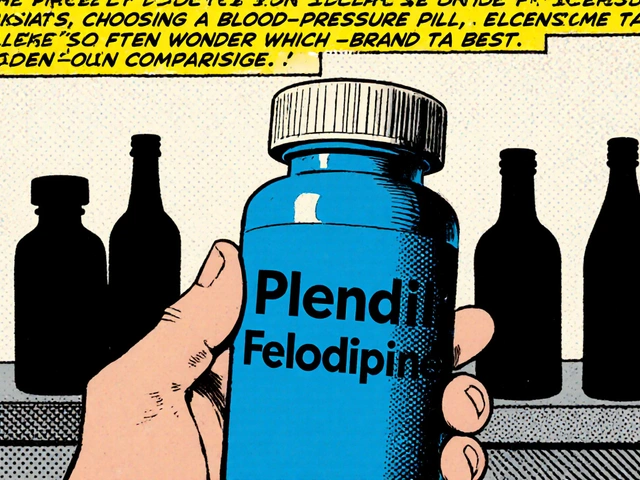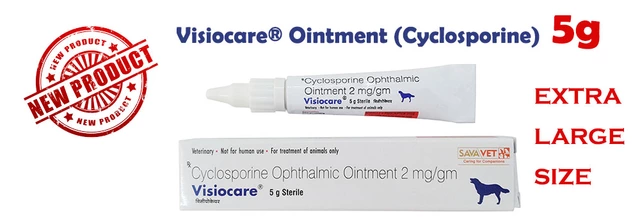Steroid Taper Calculator
Safe Steroid Taper Calculator
Calculate your personalized tapering schedule to prevent adrenal crisis based on Endocrine Society guidelines. Always consult your doctor before making changes to your steroid regimen.
Stopping steroids isn’t like turning off a light switch. If you’ve been on them for more than a few weeks, your body has stopped making its own cortisol. Jumping off too fast can trigger an adrenal crisis-a life-threatening drop in blood pressure, severe vomiting, confusion, and shock. This isn’t rare. Studies show about 3.2% of people tapering steroids without proper guidance end up in the emergency room. And for some, it’s fatal.
When Do You Even Need to Taper?
You don’t need a taper if you’ve been on steroids for less than 3 weeks. That’s the cutoff. If you took 10 mg of prednisone for 10 days after a bad flare-up, you can stop cold turkey. Your adrenal glands haven’t had time to shut down.
But if you’ve been on 7.5 mg or more of prednisone daily for 4 weeks or longer? Your body’s natural cortisol production is suppressed. That’s when tapering becomes non-negotiable. The same applies to hydrocortisone at 20 mg/day or dexamethasone at 0.75 mg/day. These aren’t guesses-they’re evidence-based thresholds from the Endocrine Society’s 2023 guidelines.
What Happens If You Skip the Taper?
Adrenal crisis doesn’t come with a warning bell. One day you feel fine. The next, you’re dizzy, vomiting, and collapsing. Your blood pressure plummets. Your heart races. You can’t stand up. Emergency teams often find these patients unconscious. Mortality rates? Up to 0.5% per patient per year if you’re not careful.
And it’s not just about the dose. Duration matters too. Someone on 5 mg of prednisone for 6 months is at higher risk than someone on 20 mg for 2 weeks. The longer your body is on steroids, the longer it takes for your adrenal glands to wake up. That’s why some people need months to taper, not days.
Example 1: Moderate Dose Taper (Prednisone 40 mg/day)
Let’s say you’ve been on 40 mg of prednisone daily for 12 weeks due to an autoimmune condition. Here’s how a safe taper might look:
- Reduce from 40 mg to 30 mg over 5-7 days
- Reduce from 30 mg to 20 mg over 7 days
- Reduce from 20 mg to 15 mg over 10 days
- Reduce from 15 mg to 10 mg over 14 days
- Reduce from 10 mg to 7.5 mg over 14 days
- Reduce from 7.5 mg to 5 mg over 21 days
- Reduce from 5 mg to 2.5 mg over 14 days
- Stop at 2.5 mg for 7 days, then discontinue
This schedule takes about 14-16 weeks. It’s slow, but it works. The key is slowing down once you hit the physiological dose range (5 mg or less). That’s when your body starts trying to restart cortisol production-and it needs time.
Example 2: Low Dose Taper (Prednisone 5 mg/day)
Now imagine you’ve been on 5 mg daily for 8 months. You’re at the lowest possible dose, but your body still isn’t making enough cortisol on its own. Here’s how to finish safely:
- Stay at 5 mg for 4 weeks (let your body adjust)
- Drop to 4 mg for 2-3 weeks
- Drop to 3 mg for 2-3 weeks
- Drop to 2 mg for 2-3 weeks
- Drop to 1 mg for 2-3 weeks
- Stop
This can take 4-6 months. Some people need even longer. There’s no rush. The goal isn’t to get off steroids fast-it’s to get off without ending up in the hospital.

Why Hydrocortisone Is Better Than Dexamethasone for Tapering
Not all steroids are created equal. Dexamethasone is long-acting. It sticks around in your system for days. That means your adrenal glands stay suppressed longer. Studies show people using dexamethasone are 37% more likely to have an adrenal crisis during tapering than those using hydrocortisone or prednisone.
If you’re on dexamethasone and need to taper, your doctor should switch you to hydrocortisone first. Hydrocortisone mimics natural cortisol. It’s short-acting. It clears quickly. That gives your body daily signals to wake up its own production. It’s the gold standard for tapering.
What About the “10% Rule”?
Some patients and doctors use the “10% rule”: reduce your current dose by 10% every 2-4 weeks. So if you’re on 20 mg, drop to 18 mg. Then 16.2 mg. Then 14.6 mg. It’s math-based, not fixed-dose.
A 2022 patient survey from Adrenal Insufficiency United found that those using this method reported 89% fewer withdrawal symptoms than those on fixed-dose reductions. Fatigue, joint pain, and nausea dropped sharply. Why? Because it’s gentler. It lets your body adapt at its own pace.
But here’s the catch: it only works if you’re tracking your dose precisely. You can’t eyeball 14.6 mg of prednisone. You need 1 mg tablets. Or you need to split 5 mg tablets. Not everyone has access to that. But if you can, it’s the most patient-friendly approach.
When NOT to Taper
Don’t start a taper if you’re sick. Fever, infection, surgery, trauma-any of these put massive stress on your body. Your cortisol needs go up. If you’re already low on it, you’re one step away from crisis.
Studies show the risk of adrenal crisis is 4.2 times higher if you try to taper during illness. Wait until you’re fully recovered. Then start again. That’s why doctors often delay tapering after hospital stays or major surgeries.
Stress Dosing: What You Must Know
Even after you stop steroids, your adrenal glands might not be fully back online for up to a year. That means if you get sick, hurt, or have surgery, you still need extra steroids.
Here’s what to do:
- Fever above 38.5°C? Double your last steroid dose for 24-48 hours.
- Severe injury or infection? Go to the ER. Ask for 100 mg hydrocortisone IV.
- Major surgery? You’ll need IV steroids before, during, and after.
- Minor surgery? You might need 25 mg hydrocortisone IV.
And wear a medical alert bracelet. Always. Even if you think you’re fine. Paramedics won’t know you were on steroids unless you tell them.
Testing Your Adrenal Recovery
Most doctors just go by time. “You’ve been off for 6 months? You’re probably fine.” But that’s not enough.
The Endocrine Society now recommends an ACTH stimulation test before stopping completely. You get a shot of synthetic ACTH. Your cortisol level is measured 30 and 60 minutes later. If your peak cortisol is above 18 mcg/dL, your adrenal glands are working. If it’s below? You’re not ready to stop.
Only 65% of people successfully discontinue steroids within 6 months using standard protocols. Why? Because they didn’t test. They guessed. And guesswork kills.
What Patients Are Really Saying
Reddit’s r/AddisonsDisease has over 247 documented cases of adrenal crisis during tapering. 78% happened because people cut their dose too fast without medical help.
Parents of children on steroids for muscular dystrophy report that 42% accidentally caused crisis by missing a dose for more than 24 hours. Kids can’t tell you they feel awful. That’s why caregivers need clear written plans.
But there’s hope. Patients who worked with endocrinologists, used the 10% rule, and got tested had far fewer problems. The ones who did it alone? They paid the price.
Final Advice: Don’t Go It Alone
There’s no one-size-fits-all taper. Your age, weight, diagnosis, and how long you’ve been on steroids all matter. A 70-year-old with COPD needs a different plan than a 25-year-old with lupus.
Work with someone who knows this stuff-an endocrinologist, or a doctor trained in adrenal disorders. Don’t trust a general practitioner who’s never tapered a steroid patient before. A 2023 survey found only 43% of primary care providers correctly identify when tapering is needed.
And remember: this isn’t about being strong. It’s about being smart. Slowing down doesn’t mean you’re weak. It means you’re protecting your life.



